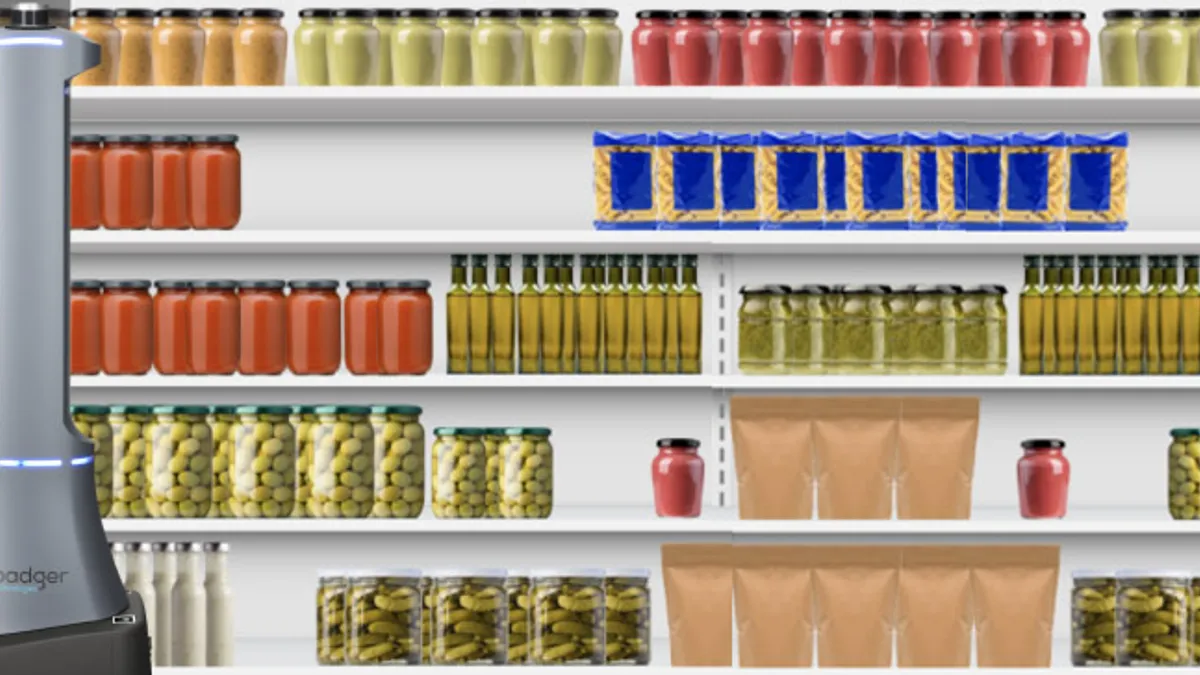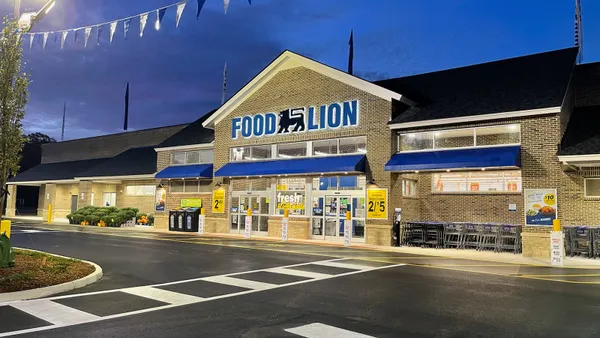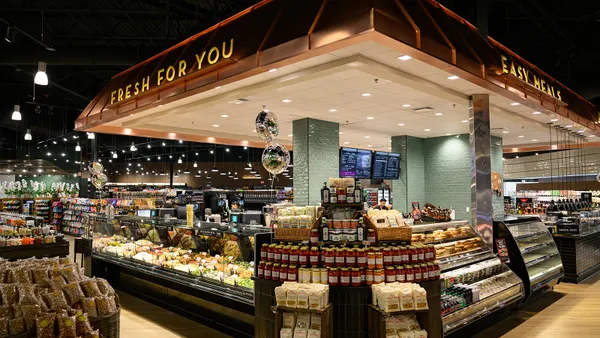Now that robots roaming grocery stores are becoming less of a novelty, it's time for retailers to take advantage of a rich set of in-store data to ensure shelves are full, prices are correct, and floors are clean. While seemingly straightforward, the simple truth is more work is needed across the retail ecosystem before autonomous in-store robots can fulfill their full potential.
The lightbulb moment
So, what's the best way to propel progress in the robot-retailer relationship?
Typically, the biggest breakthroughs in thinking are inspired by stark facts about store, vendor and category performance, such as:
- Do you know which of your vendors have the most out of stocks? And, do you know how this translates to revenue loss?
- Do you know which categories most impact your bottom line?
- Do you know which DSD vendors spread out products to make shelves look healthy, yet customers can't find what they're looking for?
- Do you know which products have been out of stock for multiple days?
The sudden realization that revenue loss and customer dissatisfaction are tied to these valuable data points should deliver a striking moment of clarity. Still, retailers often need additional inspiration to take more decisive actions, as significant data consolidation and integration hurdles exist.
Among the biggest barriers is the need to integrate the findings into a store's operational stocking and pricing processes. Often, these practices were created using manual procedures for scanning shelves. Given that a robot can scan shelves at a much higher rate and multiple times per day, store practices need to adapt accordingly.
Another challenge is the integration of all collected data with a grocer's back-end operational systems. These systems must be able to communicate with each other in real-time, so critical data streams can be shared by multiple systems to produce actionable insights at local stores. Deeper analytics can then pinpoint broader problems, such as identifying vendors and categories with performance issues across multiple stores and regions.
Another point of debate is how best to share the data. Are color-coded dashboards the answer? Or alerts based on preset absolute or relative performance changes? Armed with an array of knowledge, retailers will be much better positioned to address root causes of poor customer experience in brick-and-mortar stores.
Store managers, in particular, have had to rely way too long on gut instinct and handshake agreements to manage shelf replenishment issues. It's time to let the data speak for itself.
Ditch the pen and paper
Time will tell how quickly retailers connect, process and share store data across regional and corporate systems. In the grocery segment, which has grown through steady mergers and acquisitions, it may take longer to get IT infrastructure and applications talking to one another.
While retailers determine the best way to act at a larger level, there is an immediate and reasonable step they can take today: Replace pen-and-paper with mobile devices.
It's time to abandon lengthy printouts with endless lists of SKUs for mobile access to data collected by shelf-scanning robots. An app delivering up-to-the-minute insights to mobile devices or smartphones, with photos depicting location, issue description and closed-loop action tracking, would simplify and streamline the restocking process significantly.
Providing local store information in a more digestible format is an important milestone in consolidating data insights at regional and corporate levels. It comes down to proving the value locally, then demonstrating how to connect the rest of the dots to deliver far-reaching business value across the organization.
The next frontier
Real-time visibility into store operations will be pervasive in the next frontier, especially as in-store robots become an integral conduit to back-end operations and the upstream supply chain. Local data will be connected with regional information to create corporate knowledge that over time will produce wisdom on how best to improve efficiency, profitability and omnichannel experiences.
Of course, moving from gathering in-store data to creating corporate knowledge and wisdom will be a journey. The first major breakthrough will come when a store exec exclaims, "Wow, I never knew this trend existed—even though it's been impacting our stores for years." Indeed, we'll be closer to reaching our destination when that same exec proclaims, "Remember when we had to guess at what our problems were and had no good way to fix them?"
Phil Wright is Vice President of Customer Operations for Badger Technologies™, a product division of Jabil.











